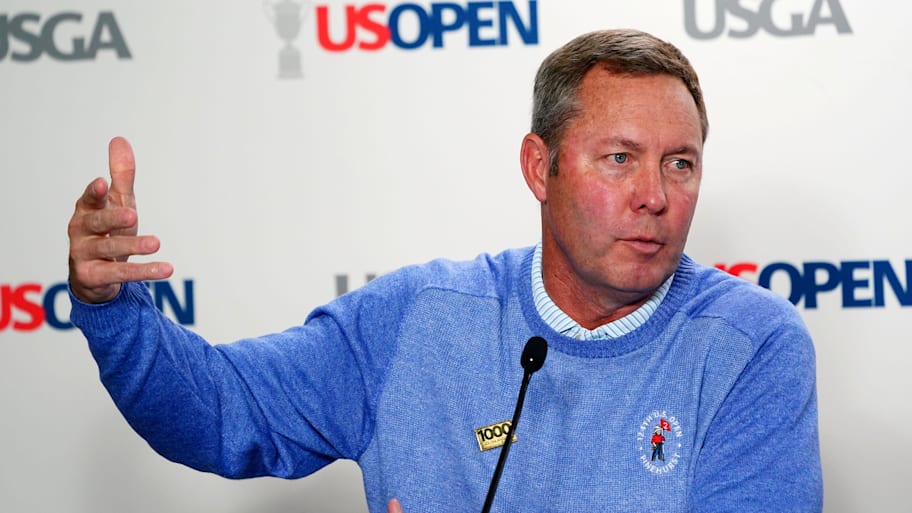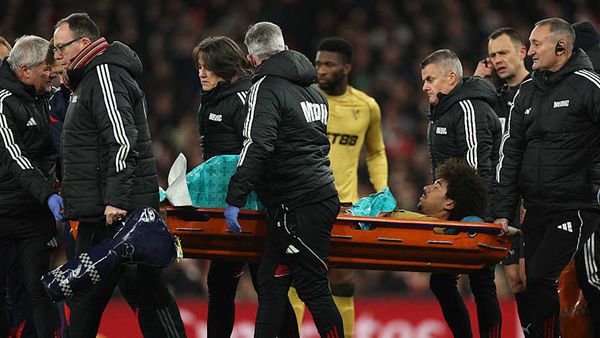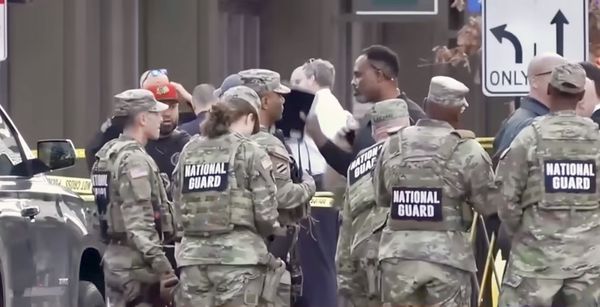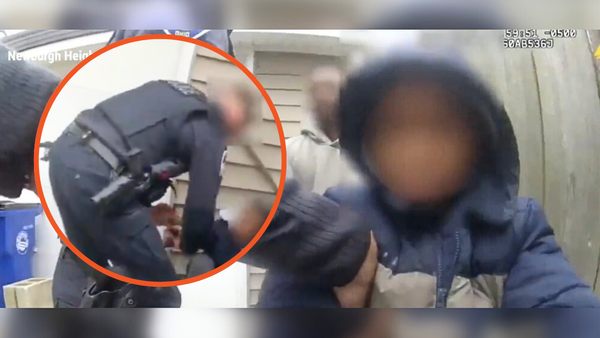
OAKMONT, Pa. — Drivers have been tested this week at the U.S. Open, just as they were last month at the PGA Championship and, presumably, in April at the Masters.
But Mike Whan, the CEO of the USGA, which runs the U.S. Open and administers testing across the game and at PGA Tour events, said he is not in favor of disclosing the results and that what occurred at the PGA with Rory McIlroy strengthens that belief.
“If I’m being honest with you, I think in terms of what happened at the PGA Championship, it made us more committed to not wanting to have this be the topic of the town because I think when you talked about a rules violation or somebody who’s playing with a hot driver, that gets so much more sensational than the reality,” Whan said during a news conference at Oakmont Country Club, where the U.S. Open begins Thursday.
“I can tell you as a rules body, if we had concern about this incredible advantage, we would change the degree in which we test. But we think the testing that we’re doing now is commensurate with the size of both the issue and the size of the reality of the issue.
“I know that if we saw a trend that was alarming in terms of either how many or how far they were moving beyond, we would change the way we approach it. But with what we’re seeing today, it would be a greater interruption—the juice wouldn't be worth the squeeze.”
McIlroy’s driver was tested prior to the PGA Championship and determined to have gone over a threshold called “CT creep, characteristic time creep,” as Whan explained it.
Nobody would have known had the information not been leaked. The process is standard across golf and at the PGA as many as 10 drivers did not conform, including the one played by Scottie Scheffler—who went on to win the tournament.
“Think about a kid jumping on a trampoline, and the longer they’re on the trampoline, the farther they bounce off,” Whan said. “So we set a limit with manufacturers in terms of how long that ball can stay on—it’s tested in terms of microseconds. There’s a test, there’s a tolerance, but at the end of the day, if it’s on there for more than 258 microseconds, we consider that club out of tolerance.
“So as a service to the players, to the tours, and we do it here, as well, we do random testing pretty regularly. I think sometimes when we say "random testing," people think—if you’re playing on Tour, you’re going to get tested a couple, three times a year, and we think the testing that we’re doing is commensurate with both the degree of failure that we see, which is pretty minimal—and quite frankly, when we see failure, at least currently, we’re seeing clubs just literally creep over the line. It’s a line we draw—we aren’t seeing when we’re taking drivers off, drivers that are, oh, my gosh, look where that one went.”
This article was originally published on www.si.com as USGA Boss Says Driver Testing Results Should Remain Confidential.







